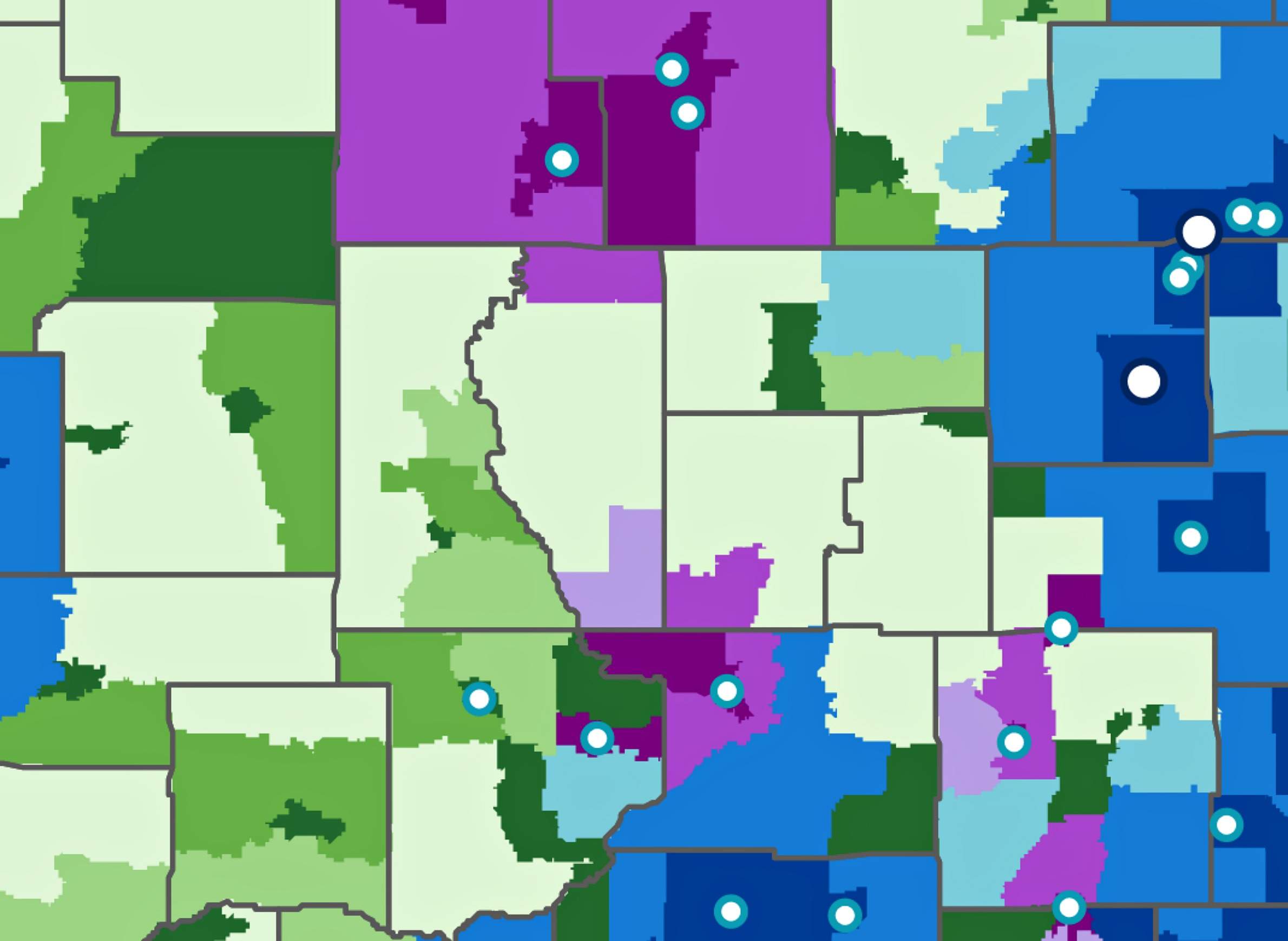
Caitlin McKown/UW Applied Population Laboratory
Series: UW Applied Population Lab: Wisconsin's Demographics
WisContext collaborates with researchers at the University of Wisconsin Applied Population Lab to explain demographic patterns and change around the state. These reports explore how Wisconsin's population shifts over time, and how the places people live, work and go to school can influence the health, economy, education and politics of Wisconsin. Data about a variety of population measures are presented in maps, charts and interactive visualizations to illustrate these trends. Demographic change guides the outlook of both individual communities and the state as a whole, influencing the news as it unfolds day-by-day and history as it takes shape over decades.